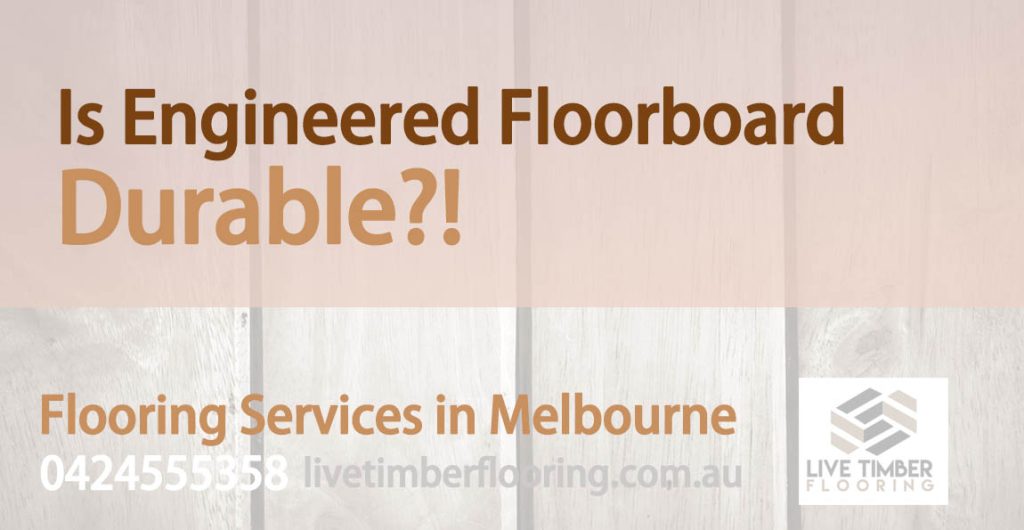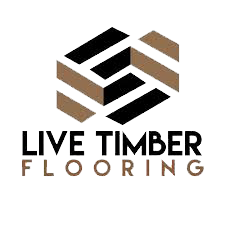
Some homeowners think, under impression that it is cheaply made, that engineering flooring is not as durable as solid thick flooring and it is easily scratched. Not all engineered floorings are manufactured with the same quality. As it is said: ‘You get what you pay for’. If you choose a low-end product you will get an engineered flooring with a paper thin wear layer usually made in China. These brands have a thin 0.6 mm veneer skin and cannot be sanded and refinished. However, they can be varnished, coated or stained. The maximum lifespan of a cheap engineered flooring is 20-30 years depending on traffic and maintenance. On the other hand, high quality engineered board is built with the best wood bread and incorporate an incredibly thick wear layer which can be sanded and refinished as much as a solid floorboard, 1-5 times during the lifespan. Despite top quality flooring are more expensive, they are more durable and last 40-100 year before having to be replaced. To judge the quality, check the thickness of the wear layer, number of core plywood layers and number of finish coats as well as warranty.
Typically, more layers indicate better quality. The best-engineered floorboards are compromised from 7-12 plywood cross layers and a 3 mm plus veneer skins. They have coated at least 9 times and their manufacturers offer a minimum a 25-year warranty. The good news is even so you cannot afford high-end products, it is still possible to find a good quality engineered with a limited budget.
Where to Install Engineered Floorboard?
Manufactured floorboards are precisely engineered to withstand slightly higher and lower moisture changes. You could install an engineered floorboard anywhere a hardwood floor goes plus somewhere solid wood cannot be installed due to high humidity and temperature changes. For example, solid wood boards cannot be used in a damp basement, in a split-level living room or in the regions of the country in which relative humidity fall outside the normal level appropriate for the solid wood. In these circumstances and areas that are susceptible to moisture or humidify such as the spaces that are at least 4 inches below the ground level, it is recommended to install an engineered flooring. In addition, engineering flooring is the right choice for installation over any types of subfloor, especially it can be glued-down over concrete slabs or stabled to the wood or vinyl subfloor. Both solid and engineered wood can be used above a radiant heat. Nonetheless engineered boards are thinner and transfer the heat better than thick solid wood. Because they don’t use staple or wires that might damage wires or hot water tubes, the floating boards are recommended for this task. The engineered boards are the best option during remodels. Their thickness starts as low as 1/4 inch and can be used to cover doorways, stairways or other awkward regions where a thick solid wood board imposes some limitations. That an engineered board handle the moisture better than a solid wood doesn’t mean it can be used everywhere. It cannot be installed in a bathroom or a laundry room. The water drips and steam may put the life an even high quality engineered board at threat.
Advantages of engineered wood floors
1- The expected life a good engineered floorboard is between 30 and 100 years. 2- A well-made engineered flooring can be sanded and refinished up to 5 times during the lifespan. 3- You can use engineered floors on any floor level including basement or underground level where installation of a solid wood flooring is not feasible. 4- They are better suited for humid or dry regions of the country. 5- Engineered woods are beautiful and you have a wide variety of options to choose from. You can purchase them in many different sizes, colors, and styles including rare and exotic species. 6- Engineered floors can be easily and quickly installed. They are easy to work with ordinary tools. You can even save money and install prefinished engineered boards yourself (DIY-method) 7- Engineering wood flooring is green. You can help our valuable forests conserve by purchasing the engineered boards. The small pieces of wood are efficiently used through the process of engineered wood manufacturing. Therefore, they can be made from small trees rather than solid dimensional lumbers. In Fact, the wood required to manufacture a square foot of 3/4 inch solid wood is 4 time that of engineered wood. For that, sustainable design advocates recommend using engineered wood. 8- Engineered floors are more strength and dimensionally stable than natural wood floors.
Disadvantages of engineered wood floors
1- The Primary energy needed to manufacture engineered wood is typically more than solid wood. 2- Some cheaper products use formaldehyde to glue the layers which are toxic and considered as a health risk to human. It is recommended to look for formaldehyde-free boards, when you buy an engineered floor. Engineered floors are versatile and available in any size, shape, color, and style. They are less prone to the moisture and can be installed in a damp and moist underfloor. The life span of the best-engineered wood floors is as long as a solid wood floor. Furthermore, engineered wood is environment-friendly. You can sustain our prized wood by purchasing an engineered wood flooring.
References 1- Jewettfarms 2- Sotafloors 3- Wikipedia 4- Thisoldhouse 5- Hoskinghardwood

